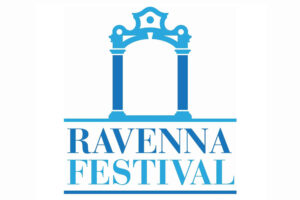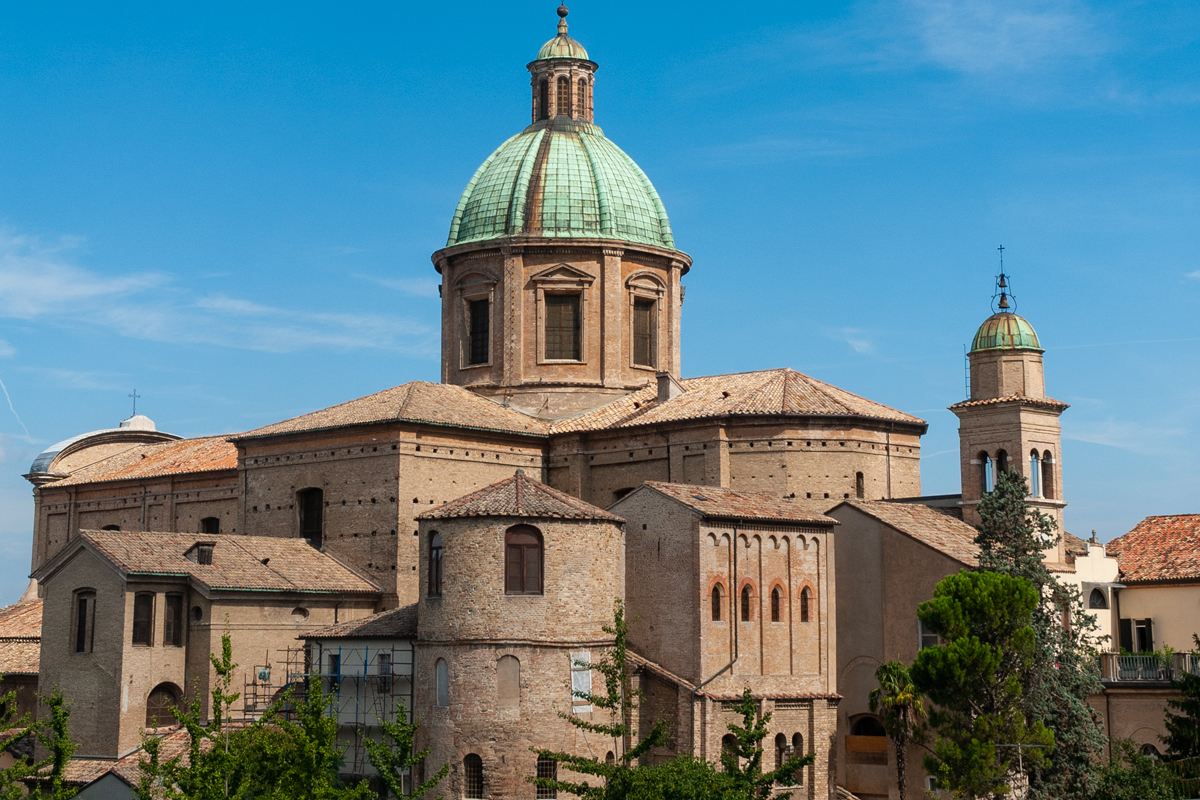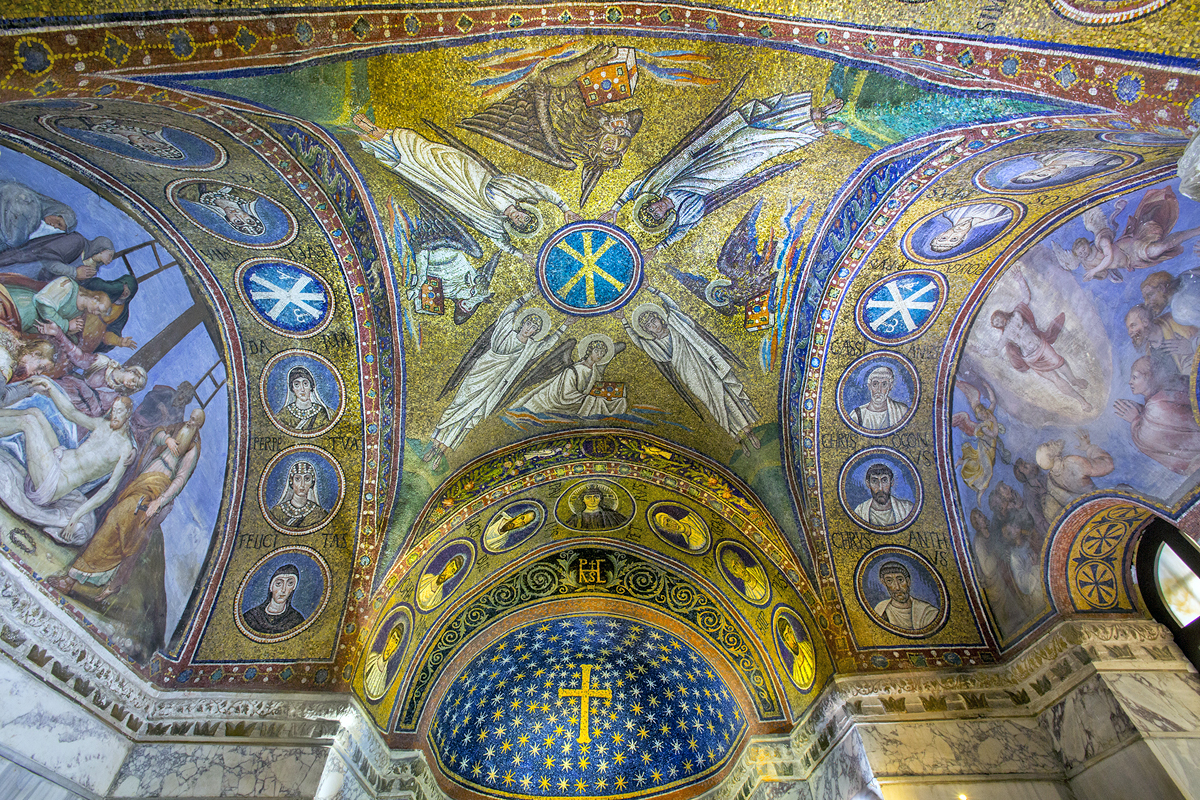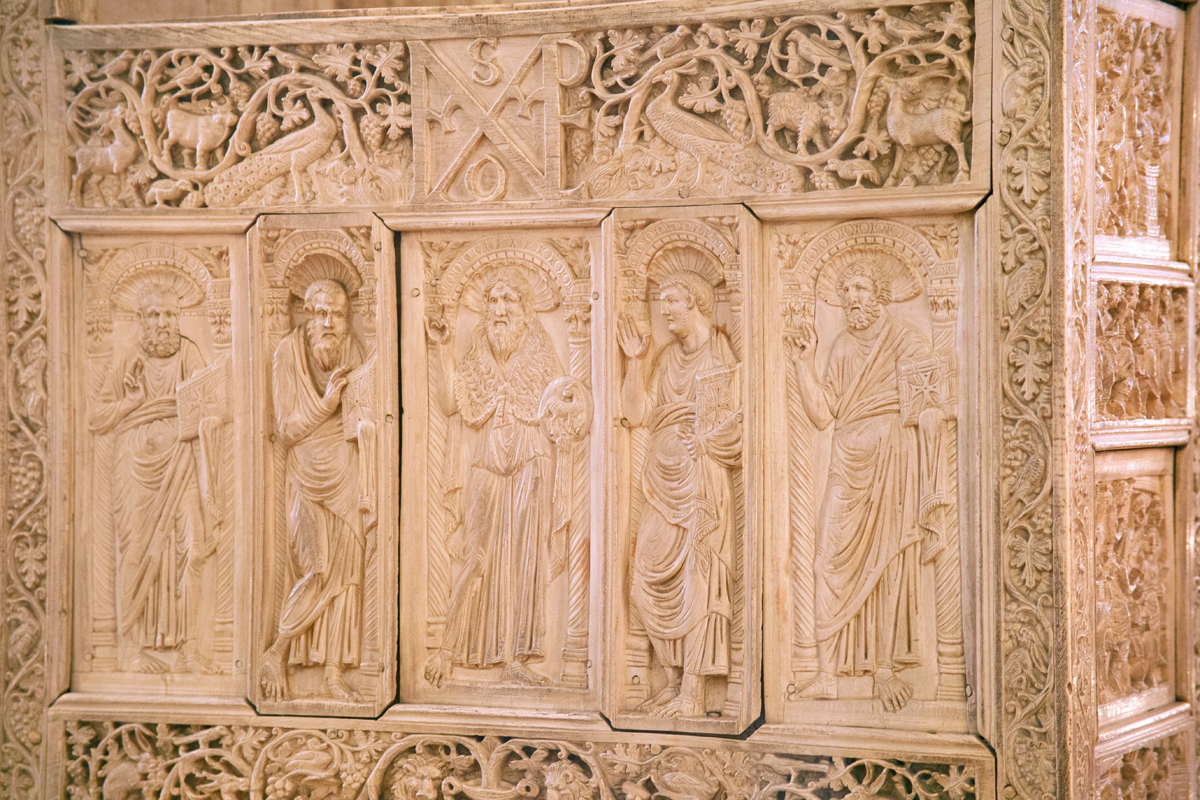Located near the Cathedral and the Neonian Baptistery, the original building of the ARCHIEPISCOPAL MUSEUM dates back to the 5th century AD and underwent several restoration works over the years.
Archbishop Maffeo Niccolò Farsetti strongly wanted this museum to preserve the marbles and stones extracted from the nearby cathedral after the restoration works carried out during the 16th century.
The Archiepiscopal Museum’s collection
The exhibition displayed in the museum is very fascinating. To the museum’s collection belong some objects of extreme beauty, such as the silver Cross of archbishop Agnello (6th century), a marble plate depicting the Easter calendar (6th century) and a headless statue from the Byzantine era (6th century), which maybe portrayed Emperor Justinian.
A small picture gallery – the so-called “Sala delle Pianete” (Hall of the Planets) – also hosts works dating back between 1500 and 1800, a collection of sacred vestments datable to the 11th or 12th century and the Sala della Torre Salustra (Room of the Salustra Tower), which once was the final section of the Aqua Traiana aqueduct and the starting point of the pipes for the urban distribution of water.
The museum is also home to the pulpit of Maximian, one of the most famous ivory works made by Byzantine artists in the 6th century.









